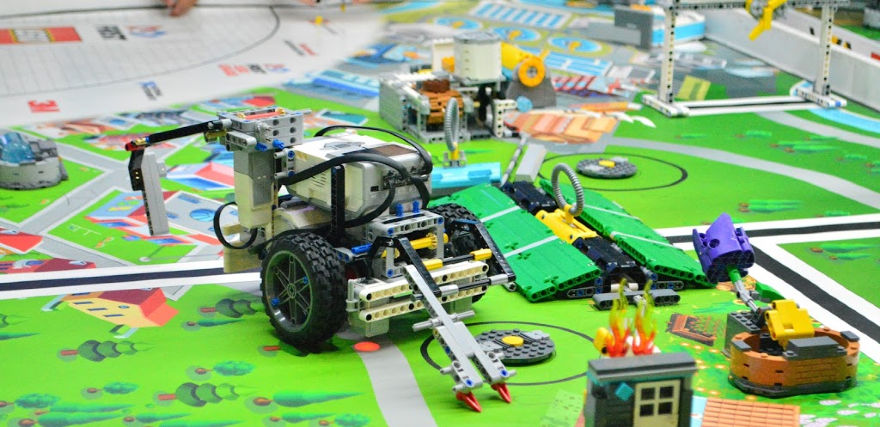“Saving the Endangered Species.” That’s the name of a full-day workshop I’ve been leading with educators.
I’m not a biologist, however. I’m an educator. And the endangered species at the core of this workshop is the engaged student. How do we find, rescue and cultivate engaged students today, especially at the middle school and high school levels where so many kids check out?
As students come up through the school system and start to approach middle school, we tend to frontload their classroom experience with pressure. Take these notes. Read this chapter. Take this test.
There is pressure coming at them from other angles too. These are the years when students are going through a lot of change — changes in schedule, changes in their bodies, changes in their friends and social groups.
It’s a time when their vulnerability is high, and the effects of a perceived failure in an activity can take on magnified meaning. I often hear kids say, “I’m not good at music.” Or math. Or basketball. They start to self-select out of subjects and programs. Their confidence at this age can be fragile.
This is especially true with subjects that have a reputation for being “hard,” including math and engineering. A recent survey from Harris Interactive in partnership with LEGO Education found that just one in five kids said they feel “very confident” when it comes to STEAM subjects.
Raising confidence in STEAM can be especially difficult because if a student fails a math test, they tend to conclude they are just innately bad at math. Their confidence wavers, and if they experience disapproval of that failure from peers or parents, they may try to avoid the subject entirely, fearing the risk of repeating those experiences. The same survey revealed that 47% of students say they avoid subjects where they have failed before.
There’s another big change that happens in education once we hit middle school, and I don’t think it’s a coincidence. Schools start to slide away from hands-on learning right around third grade, when standardized testing begins to take hold in the mindset of educators and schools. Most critically, you see this shift at that sensitive middle school level. With so much going on at this stage of learning, we must find a way to keep that physical, tactile, experiential learning space and culture going at the secondary level.
Hands-on learning — learning through building, through trial and error, through collaboration — has the power to engage kids in a way that lectures and worksheets simply don’t. Getting hands-on with a challenge or a task allows them to explore and realize there isn’t just one answer. It allows them to experience failure in a healthy way and realize that failing at a task is a natural part of the learning process and does not mean a subject is out of their reach.
Then there’s that all-important sense of accomplishment. It’s a rush when you build a robot and it moves for the first time. When something doesn’t work and kids have the opportunity to troubleshoot and make it work, you can see their confidence light up.
In my teaching days, I gravitated toward solutions that allowed my middle school students the freedom to build and create on their own, and that’s the direction I point administrators and teachers today. Although there are many out-of-the-box projects available, I advise teachers who themselves are often building confidence in STEAM subjects to find ones that let students come up with their own ideas.
How to go about bringing hands-on learning into the classroom is a question every district and school has to decide for themselves. It all starts with your learning space and the culture you’ve created. The same research found that 95% of teachers believe that hands-on builds confidence, yet 4 in 10 say it’s not typical at their schools.
It truly is amazing what can happen if you just give kids a challenge or a good prompt and allow them to take their own ideas and put them into practice. The struggle can be just as valuable as the success. By getting hands-on in middle school and beyond, we can start to move away from some of the pressure that’s causing confidence and engagement to decline today, and infuse learning with a state of wonder, trial and error, and challenge and solution.
Aaron Maurer is an instructional coach who focuses on working with teachers to develop high quality projects, lessons, ideas, student voice and technology. He has taught for more than a decade and is a First Lego League Robotics coach.
____________________________
Like this article? Sign up for SmartBrief on EdTech to get news like this in your inbox, or check out all of SmartBrief’s education newsletters , covering career and technical education, educational leadership, math education and more.
